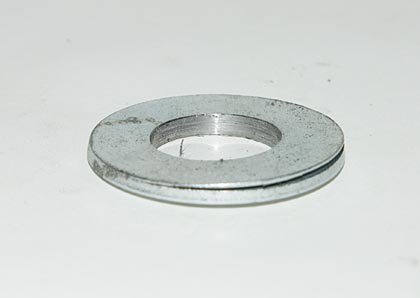- Joined
- Nov 19, 2014
- Messages
- 991
Certain types of steel will form a "pipe" as the ingot cools, if the ingot is rolled into a finished product the defect will appear as a lamination. I don't know how common this problem is now days as most everything is continuous cast, but back in the day as much as the top third of an ingot would have be scrapped in order to get a good slab.


